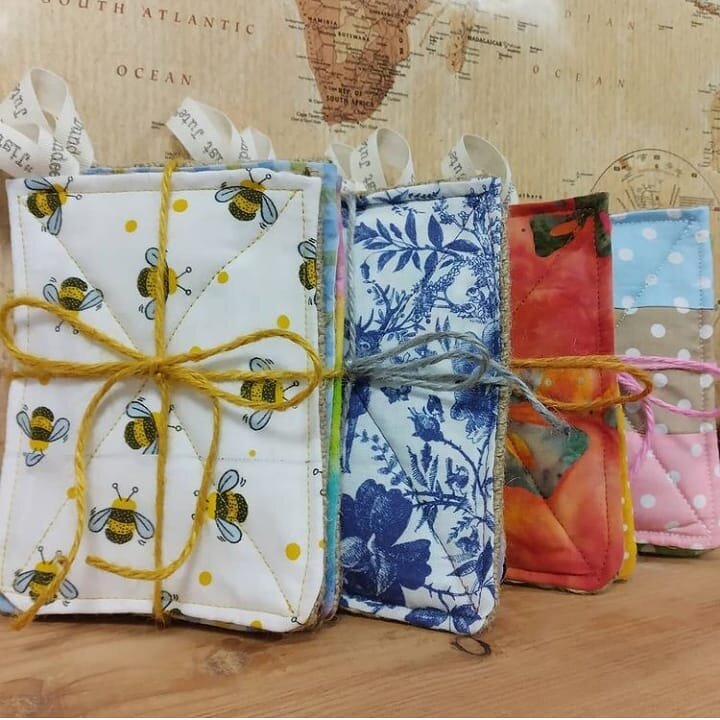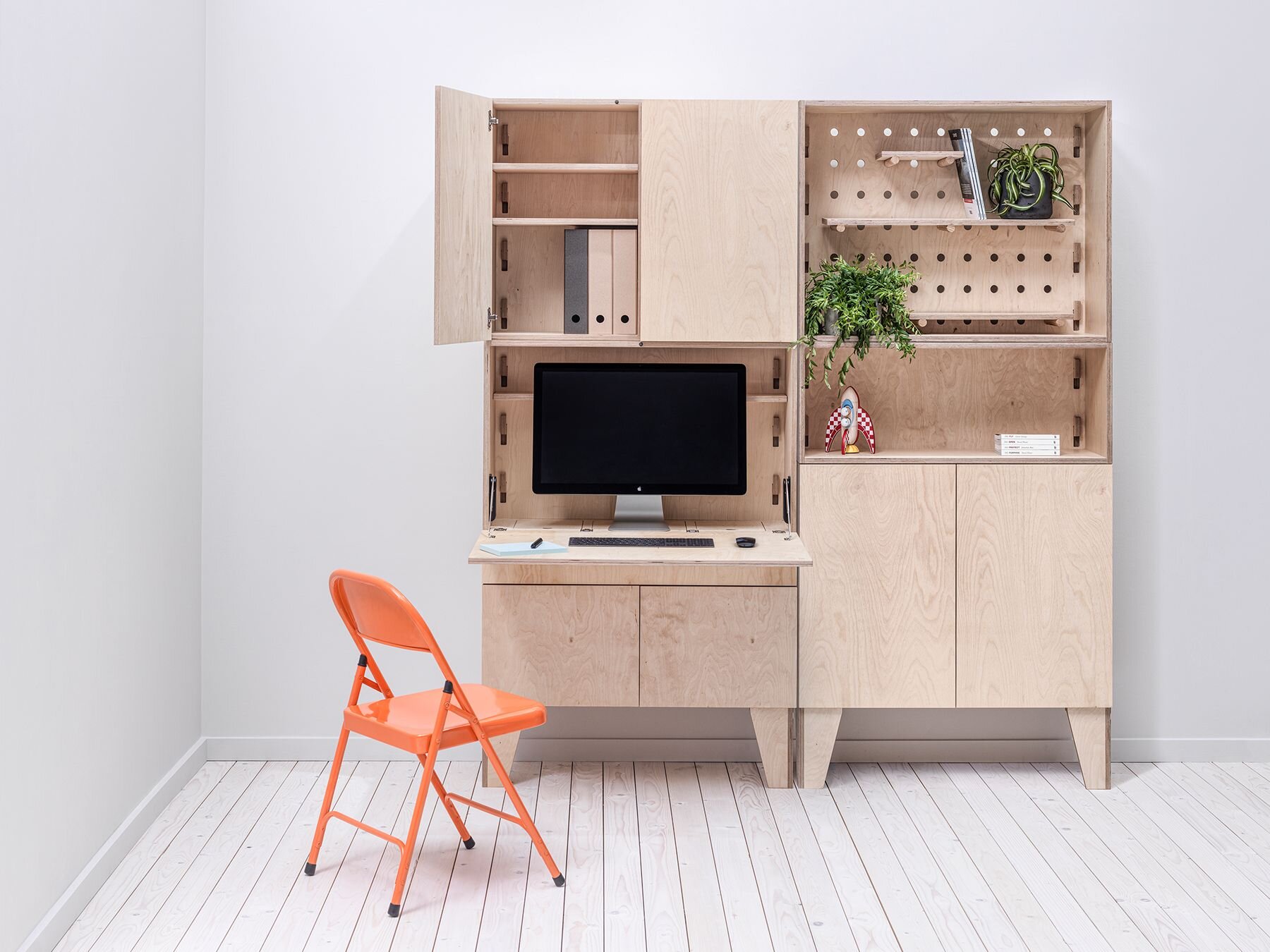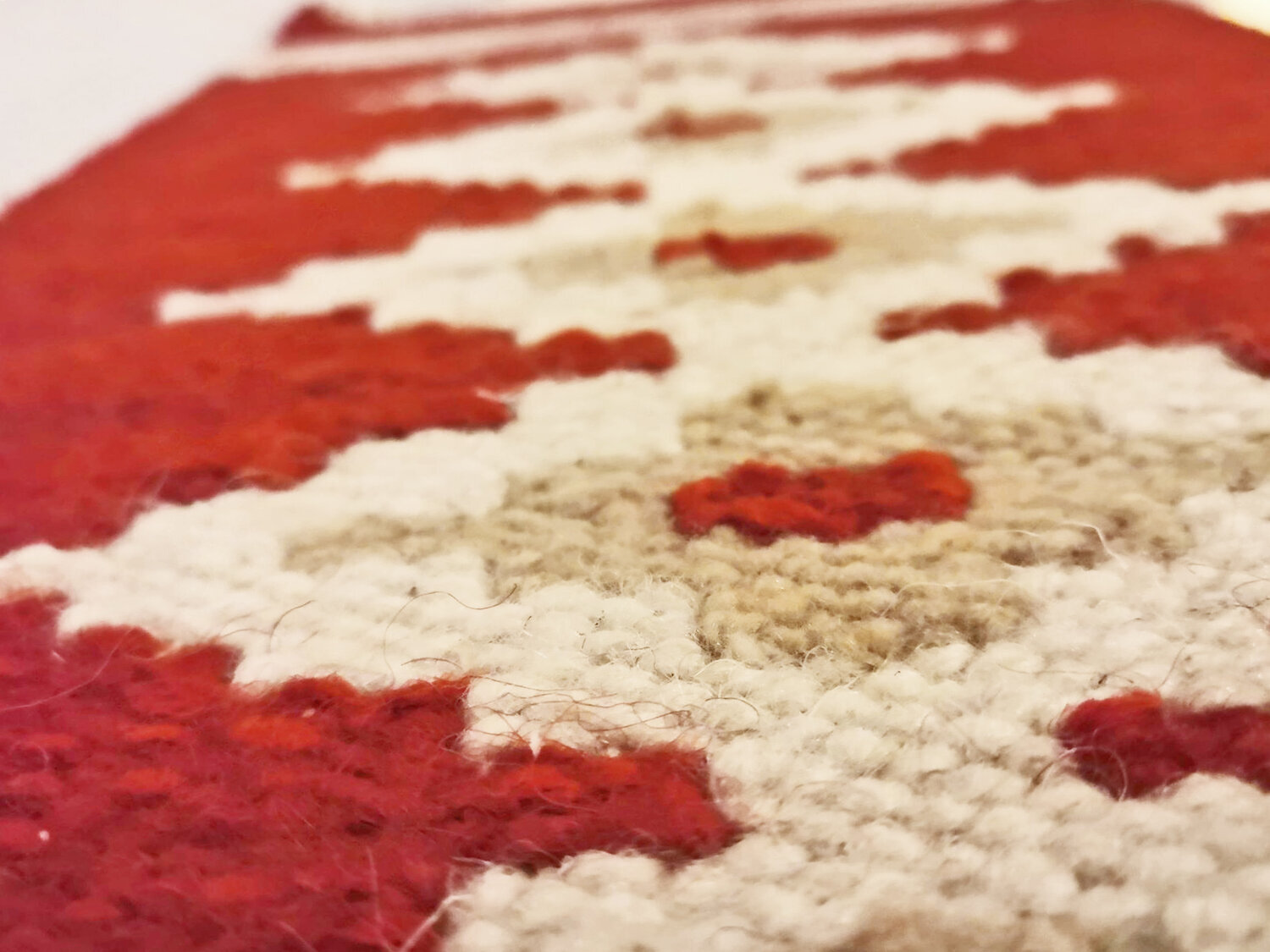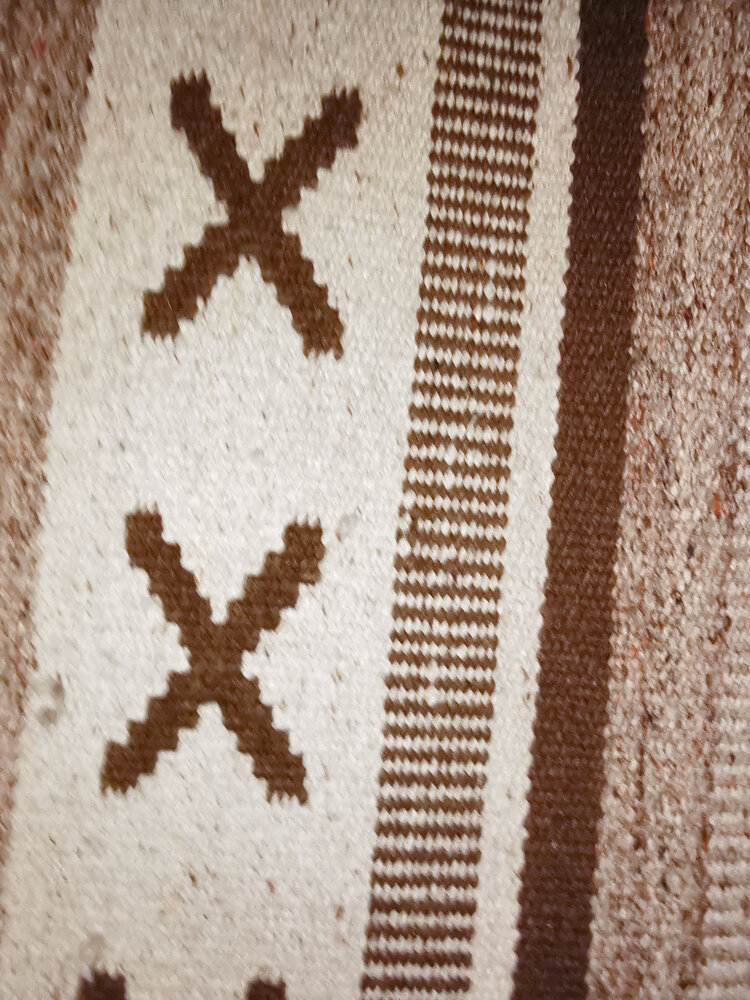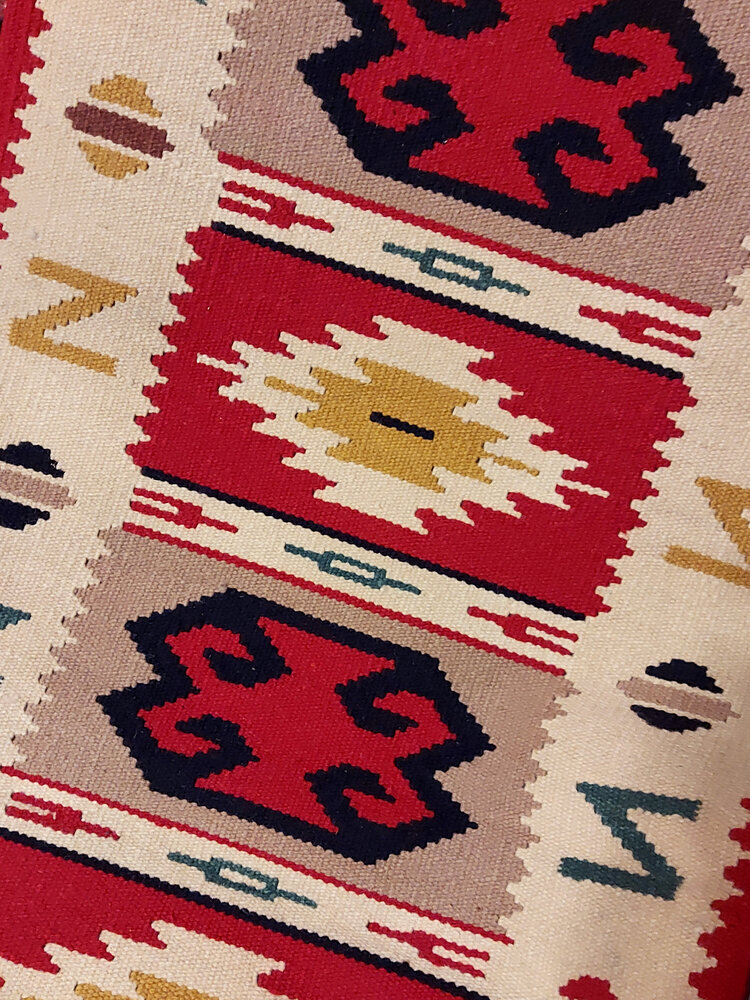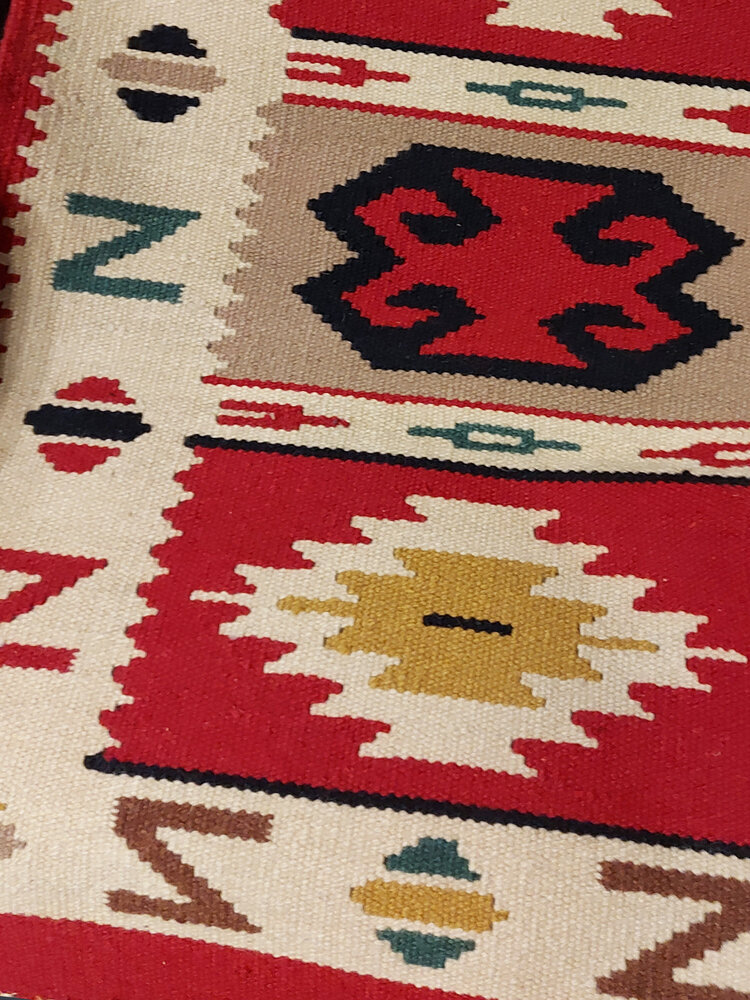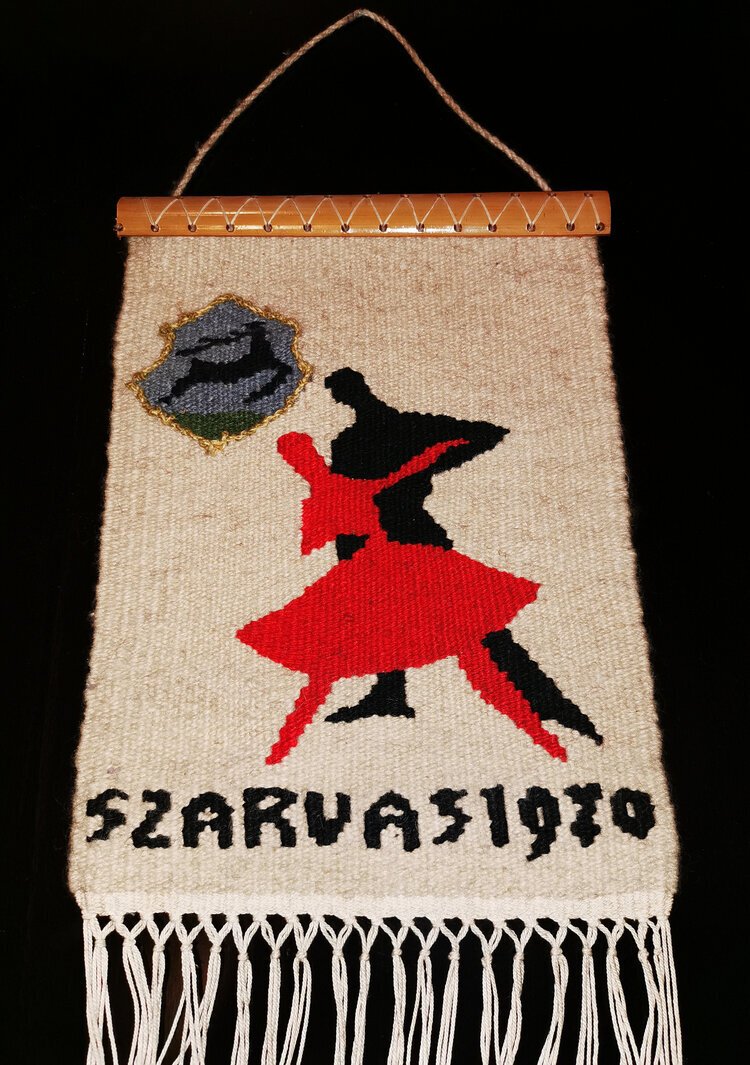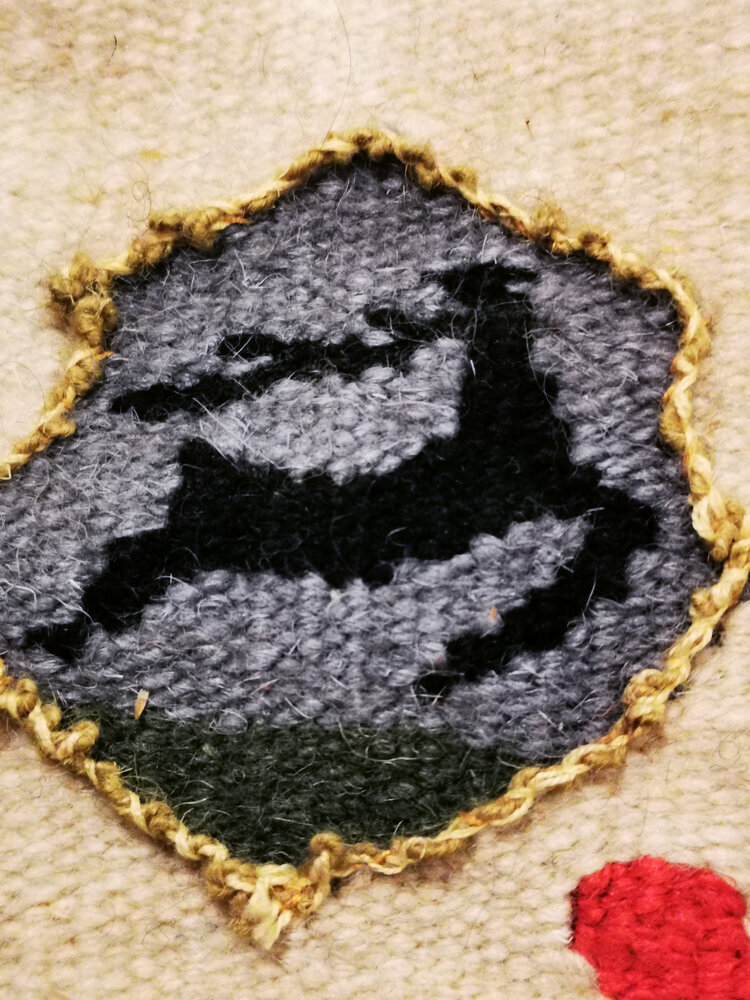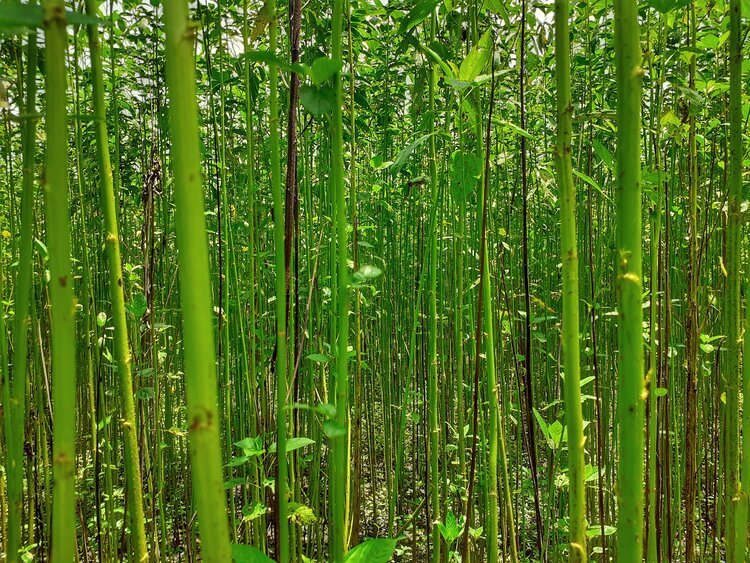happy after-easter celebrations everyone, we’ve made it. this is april, and we have just survived 25%, the first quarter of 2021. i have a real gem to celebrate that with. i’m bringing you another inspiring design conversation, this time with alison carrie, the pair of hands behind jist jute and the brains behind “if these wa’s cuid talk” - a brand new book about the last of dundee’s jute mills still standing, their history and their current relationship with the city. i find it such a great experience to meet other people who are also obsessed with jute and feel a special connection to this material and in (and around) dundee this has an extra significance. we had a virtual cuppa to discuss why we love the cloth - and why it matters working with it in the city of dundee. let’s dive into this discovery! (no pun intended)
ZITA: hi alison! so first of all, tell me a little bit about yourself, what you do and how you got there?
ALISON: hello! well… my name is alison carrie, and i am a self-taught textile worker, a local history buff, an accidental author and dundee’s first self-proclaimed “jute baroness” who runs “jist jute” - but mostly i just claim to be “a wee wifey that does stuff”. i make all sorts of things from this wonderful natural plant fibre, including bags, jewellery, eco-scrubbies. my mum is retired now, and she enjoys botanically dying jute twine with foraged scottish ingredients including raspberries, onions, blueberries and oak galls. she also creates our crocheted exfoliating mitts and our surprisingly realistic faux cacti!
i also enjoy exploring and celebrating the local history and connections with jute. a few years back i started a small project, for my own curiosity really, which snowballed and eventually resulted in a full-blown book! not what i had in mind when i set-out… “jist jute” spawned from this project, as a fund-raiser to help get the money together to print a number of copies to share with anyone who might be interested.
ZITA: yeah i want to ask about that first. obviously the big project is your book right now – can you tell me a little a bit about its journey? what made you write it?
ALISON: as i touched on earlier, it really just came about by accident! i’d been through a pretty traumatic few years, and as a result was what some folk might describe as “chronically unemployed”. that is to say, i am that person who never gets the job, never gets the interview, is constantly at the job-centre trying their best but never getting anywhere. i was so angry at the system and depressed at being made to feel less than useless. i started walking to try and calm, and to get exercise. i always took my best buddy (ziggy the border collie) with me, and some days we’d cover 12-15 miles, just trekking round the city. i’d always noticed these big buildings in dundee, and had no idea what they were. at first i recognised a pattern in their style; large windows, certain roof-styles, geographic locations… and i wanted to know more. despite being brought-up 15 miles away from dundee, i had never heard about the jute industry, or even what jute was. how crazy is that? why are we not being taught about our local history? why are we taught about kings and queens and ancient battles which, to be honest, means nothing to many of us.
so i wanted to know more, and of course i visited verdant works jute museum, but still i was unable to find out quite what i wanted to know about, which was the buildings themselves. everything else seemed to have been documented; the people, the process, the machinery, the plant and harvesting, the uses… but not the huge industrial buildings - monuments, almost? - that still remain. why are they still here, when we don’t even work jute any more? if only they could tell me their history themselves. and, once you learn how to “read” a building, they do begin to give-up their own stories… hence “if these wa’s cuid talk” was to become the title of my ‘accidental’ book.
ZITA: did you find it difficult to access the city’s history or the bits that interested you? i can imagine it must have been a huge but interesting research work.
ALISON: yes and no. at first, i just used the usual sources, the libraries, internet, city archives etc. later i started to access social media, and joined several dundee history groups to gain information and memories from local people who used to eat, sleep and breathe jute. this gave me direct access to people who worked in all sectors of the jute industry; from the various apprentices, to spinners, weavers, carders… even dockers and the folk who would work in the offices. everyone’s memories are/were important, and helped me to piece together a picture of how things operated within living memory. once i built up this core of info, i resorted back to just being a bit nosey! if i was out walking, and i happened upon a mill where there were building works happening, i would just ask a worker if it was possible to get some photos inside. they’d then get the foreman, i’d sort of talk my way into it, and next thing you know i’d have an appointment to come back on a saturday afternoon and take (supervised) photos...as long as i brought my own safety boots and hard hat.
when i got braver, i contacted hillcrest housing association about access to one of their larger buildings. their wonderful “upper dens” has been converted into 70+ flats, but i actually wanted into their basement… they were wonderfully helpful, and allowed me supervised access to the basement area, to see the pillars and the oil-stained wheel-pit for the huge steam engines which would have powered the mill. whilst there, i was allowed to tour the rest of the building. then they asked if i’d like to see others! we took a whole day to tour their 8 former-mill buildings scattered through dundee, which was absolutely fantastic!
ZITA: how cool! it's great how helpful everyone was to share these spaces. and was there anything that you particularly loved discovering, or something that really shocked or surprised you about any particular place in dundee that you discovered while researching?
ALISON: what surprised me? hmmm….having volunteered as a machine operator at verdant works, tales of accidents, explosions and deaths didn’t surprise me at all. it was the really random little discoveries that i am surprised by. for example, a couple of the mills had ponds in the basement area… one still reportedly has a small rowing boat in it!
ZITA: fascinating! i haven’t read your book yet - i’m sorry, i missed the pre-orders but i totally want a signed copy when i can buy again please! - but have you set yourself a writing style, have you discovered your own oice while doing this? do you plan to write more?
ALISON: you haven’t got one yet?! shame on you…. haha! since the book happened kind of organically, i just wrote it in the style which comes most naturally to me. i write in the same way i speak; it’s really just a text version of how i would speak to visitors to the museum. i try to be clear and friendly, just like having a chat, rather than a lecture. i am always mindful that despite what i’ve learned, i will never class myself as some kind of expert. i try not to use unnecessary technical language, as i found that quite off-putting when i was researching. sometimes it felt like you needed to be an architect to understand descriptions in the sources i’ve used! i try to keep it interesting, accurate, but understandable. i am aware that not everyone reading it will be local to the area so where i have used local words or terms, i have added a wee glossary at the back to try and help clarify things.
ZITA: i can't wait to read it. you must find it quite inspiring using jute in dundee as a maker - is your material choice of jute related to your dundee research? can you tell a little bit about your accessories as well?
ALISON: yes it feels pretty good to be bringing scottish jute working back to dundee in some sort of form. “jist jute” was initially set-up as a temporary idea, to raise the funds to get my book printed. i was just making some simple jewellery from jute (earrings and bracelets) and my very first stall was within the overgate shopping centre! a friend who does weaving was talked into weaving jute “live” during the day so that shoppers could come over and watch it happening, and talk about the process. i was asked on the application for what my business name was, and i was like "i have no idea what to call it?! it’s jist jute…” it means “just jute” in english, but the locals pronounce just as jist. and so “jist jute” was born.
we have since grown our range of items, to include: loop/drop/stud earrings, mens cufflinks, necklaces, knitted necklaces, bracelets, botanically dyed twine, soap-savers, lavender bags, eco-scrubbies, shopping bags, faux cacti, exfoliating mitts, amongst other things. the list changes and alters as time goes on, and depending what is in demand at any given time. throughout 2020 coronavirus crisis, we completely changed tact (literally overnight), and worked hard for almost 8 months supplying cotton facemasks to both individuals and local businesses, in quantities of 1-300 pieces. we also supplied local foodbanks with a number of simple “soap savers” to help struggling families to make their precious soap go a little further during the early pandemic panic-buying.
ZITA: this is amazing. i love this. and not only jute is environmentally friendlier but some of your stuff is also made of recycled materials aren’t they – do you find it hard to market sustainable goods or do you think the attitudes have changed a bit more in favour now?
ALISON: yes you are correct! not only is jute environmentally friendly and incredibly sustainable, but i also try to recycle it when i can. i have to be honest with you, i didn’t initially start using recycled because of environmental benefits, but because i’m a bit “mean” - scots for tight-fisted or someone who doesn’t like spending money. i felt it was silly to purchase brand new hessian from fabric stores, when i could source jute fabric for free from local coffee roasters. it was only later when i was trying to work out how i could be a bit greener that i discovered the amazing journey that jute sacks undertake before they reach me, that i realised these sacks need rescuing! for example, the jute is harvested, processed and woven in india. it may then go to kenya to be printed and filled with coffee beans, before being shipped to london coffee roasters. then i would buy 20+ empty sacks online, and they’d be shipped to dundee. once i’d made my recycled bags etc, they may be bought by anyone around the world...some have gone out to the US and australia. the amount of travelling these sacks do in their lifetime is astounding!
i have now moved over to using 100% recycled jute in my textile products, and only ever using locally produce nutscene twine for my bold & colourful bracelets and earrings. on a small scale, i haven’t found it too hard to market sustainable goods. at craft markets etc, you can get a good chat with customers and let them get touchy-feely with your product (or, at least, pre-covid). it's really just about being friendly, having a natter and gaining their trust.
what i do find difficult is persuading other businesses to stock our stuff. i have approached lots of local “refillery” type stores, and either they already stock a big chain brand which you see in all the shops on every high street, or they knock you back saying that they have “a similar product” (usually referring to hemp, which is certainly not the same thing as jute). this makes me especially sad when these tayside-based eco-stores go on about green businesses and supporting local, and save small businesses… yet won’t support other small businesses with a very unique local connection. what’s with that? i make a real effort to now source my sacks locally, for perth (where i live) or dundee (where “jist jute” is now based). i always mention my sources, because it’s important to both me and them. i believe it’s important to work together and to support small businesses. even more so now than ever. as small businesses, we are battling against big brands, against the high street chains, against cheap imports, against brexit… the last thing we need is to be fighting with each other!
on that note, i get sacks from unorthodox roasters in kinross and the bean store in perth. my recycled cotton is generally sourced from either charity shops, or my landlords, scrapantics. sometimes i use waxed cotton, which is always ‘end of line’ or small-batch experimental stuff from halley stevensons in dundee, who make the waxed cotton for barbour jackets. our botanical dyes are homemade from free and foraged fruit & veg.
ZITA: thanks so much for sharing that. i do think that local businesses can achieve s lot more by working together! now, i know we have discussed your exciting book already, but i ask this question from everyone - can you recommend a book, or someone else whose work is worth looking into?
ALISON: a good book if you would like to read more about dundee's jute mills is mark watson's “jute & flax mills in dundee”, which turned out to be a bit of a bible for me! it is not generally easy to find, and went out of print circa. 1990 (when i was a mere 6 years old!). due to its age, it now holds a wealth of info about many mills which were around at the time but are now no longer with us. it is a bit more technical in its terminology, and a very different style from my own book, but still worth a look if “if these wa’s cuid talk” gets you hooked...
ZITA: and what are your new projects – apart from your book, what else can we expect to see from you this year and where?
ALISON: oooh... i wish i knew! all along i have let things just happen organically, as the best laid plans often go astray. i find if i make plans i get incredibly stressed when they go askew, and i make myself unwell over it.
a year ago i was asked where i wanted to be in 5 years time (at that point i was a struggling stall holder). i jokingly said “dundee’s first jute baroness, with a business in an old dundee jute mill, and maybe 5 staff… and now i’m based in anchor mill, my book is about to come out, i have “bricks & mortar” stockists for my products and i’m really wishing i had an extra set of hands! but i have 4 more years to achieve that, right?!
i keep thinking back to how it all started… being bored, angry and “on the dole”. i know i’m not the only one who feels like that. i know dundee has had a tough time of it, and there are many people in the same position as me. signing-on, queuing for jobs that we all know don’t exist, being made to feel worthless and useless… and through no fault of their own. i want to find out how we can help each other more. i want to expand my business further, and employ local people to help out. it gives me extra hands, them a source of money and most importantly, a sense of wellbeing and worth. i started this because i didn’t have a job, i know how they feel and what having a purpose would mean to these folk. i just need to work out how to do that. i don’t think my current studio is quite large enough to work safely (distanced) just now, but maybe now is the time to look into my options for the future.
i’ve had so many people ask me if i’ll do another book, too. in my head, i have the plans for another two...but whether i have the time to actually do it now that “jist jute” itself has grown arms and legs, i’m not really sure. maybe when i get a few staff under me, i can delegate and get back to pen & paper?!
ZITA: amazing! good luck with your plans and thanks a lot for your time!
ALISON: thanks!
-
“if these wa’s cuid talk” is available from 10th april from the jist jute etsy shop and facebook page (£23, free UK postage) and from selected stockists: coorie scotland (broughty ferry) and scrapantics (dundee)
further links:






